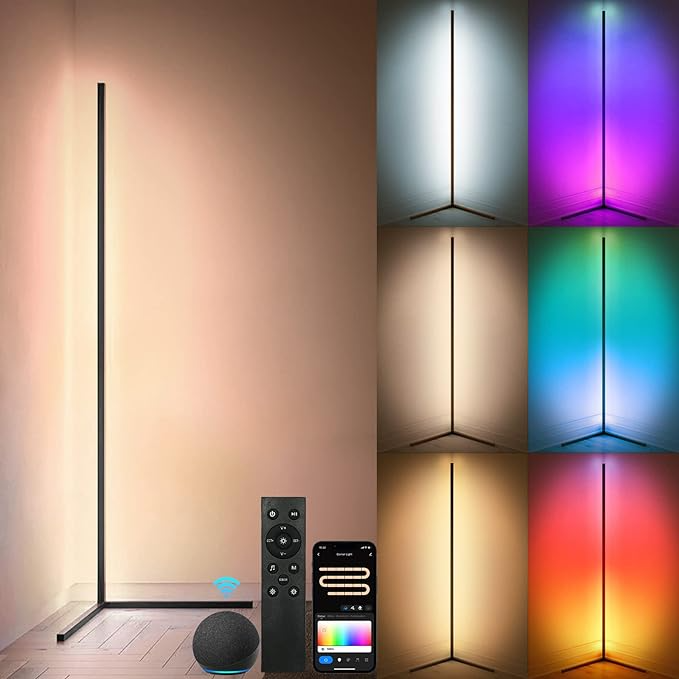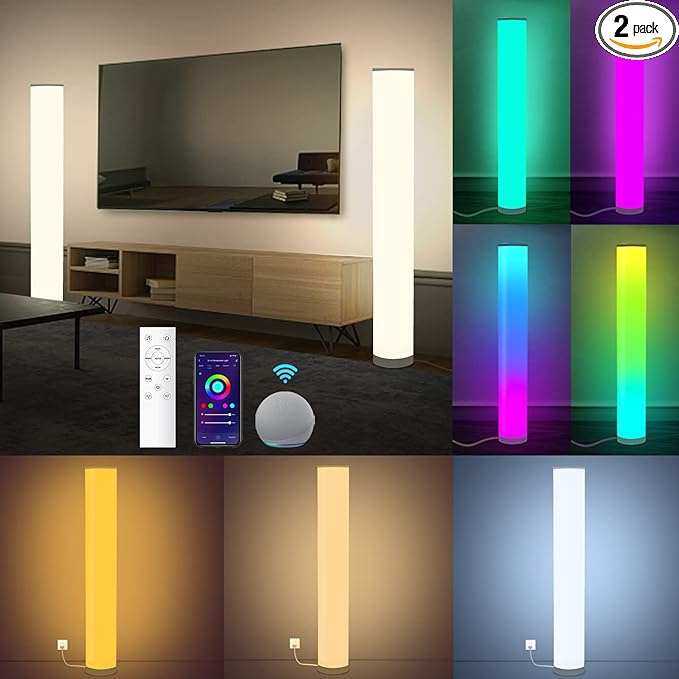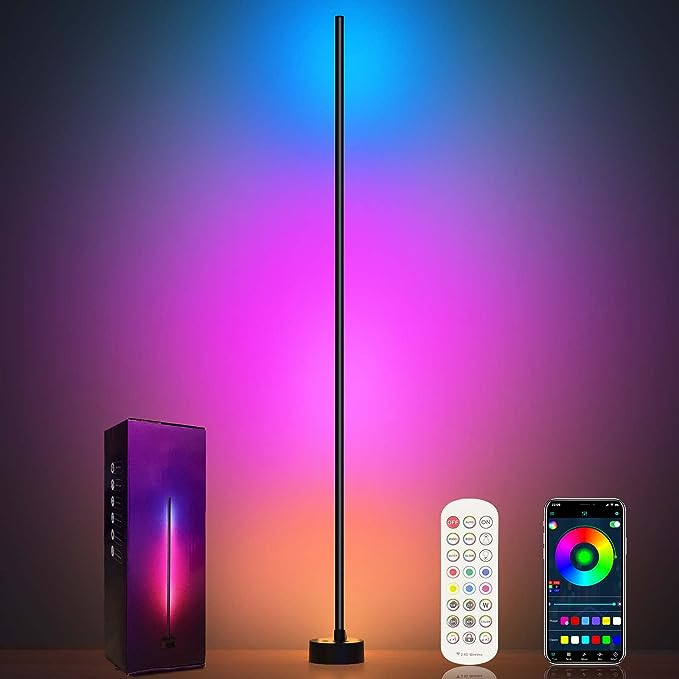Bright Ideas
Lighting plays a crucial role in shaping our environment and influencing our well-being. For individuals with Attention Deficit Hyperactivity Disorder (ADHD), the impact of lighting can be particularly significant. In this blog post, we’ll explore the ways in which controlling lighting can be a powerful strategy to create an ADHD-friendly environment, fostering focus, comfort, and overall well-being.
- Natural Light and Circadian Rhythms: Exposure to natural light is essential for regulating circadian rhythms and promoting a healthy sleep-wake cycle. Arrange workspaces to maximize access to natural light during the day, helping individuals with ADHD maintain a consistent sleep schedule and supporting overall well-being.
- Adjustable Lighting Solutions: Opt for adjustable lighting options that allow individuals to control the intensity and color temperature of the light. This flexibility enables them to customize the lighting based on the specific task at hand and their comfort level, promoting a conducive environment for concentration.
- Task Lighting for Focus: Provide task-specific lighting in work or study areas to direct attention to the task at hand. This can reduce eyestrain and create a focused zone, making it easier for individuals with ADHD to concentrate on their work without being distracted by inadequate or harsh lighting.
- Avoiding Glare and Harsh Shadows: Glare and harsh shadows can be visually distracting for individuals with ADHD. Position light sources to minimize glare on screens and reflective surfaces. Use shades or diffusers to create a softer and more evenly distributed light that reduces eye discomfort and supports sustained focus.
- Color Temperature Considerations: The color temperature of light can influence mood and alertness. Cooler tones, like daylight or cool white, can promote alertness and focus, while warmer tones, like soft white, can create a more relaxed and calming atmosphere. Experiment with different color temperatures to find the most suitable lighting for different activities.
- Dimmable Lighting for Versatility: Dimmable lights provide the flexibility to adjust the brightness according to the time of day or specific needs. Lowering the light intensity in the evening can signal to the body that it’s time to wind down, contributing to a more restful sleep for individuals with ADHD.
- Creating Visual Cues with Lighting: Use lighting as a visual cue to signal transitions between activities. For example, a specific lighting arrangement could signify the start of a work session or a designated break time. Consistent visual cues help individuals with ADHD manage their time and transitions more effectively.
- Reducing Flicker and Strobe Effects: Fluorescent lights and some LED lights may flicker, causing discomfort and distraction for individuals with ADHD. Choose lighting sources with minimal flicker and consider using anti-glare screens on devices to reduce the potential for visual disturbances.
- Establishing a Relaxing Evening Routine: As bedtime approaches, gradually dim the lights to signal the body that it’s time to unwind. This can be particularly helpful for individuals with ADHD who may struggle with insomnia or difficulty transitioning from a state of alertness to relaxation.
- Consulting with a Lighting Professional: For a more personalized approach, consider consulting with a lighting professional who specializes in creating environments tailored to specific needs. They can provide insights and recommendations based on the unique requirements of individuals with ADHD.

Tacopet RGBWW Corner Lamp, Color Changing Floor Lamps

Tacopet 2 Pack RGBW Floor Lamp, Color Changing Modern Corner Lamp

Miortior Corner Floor Lamp – Smart RGB LED Corner Lamp with App and Remote Control
Controlling lighting in the living and working spaces of individuals with ADHD is a dynamic and effective strategy for promoting focus, comfort, and overall well-being. By harnessing the power of lighting, we can create environments that support the unique needs of those with ADHD, helping them navigate their daily activities with greater ease and success.
This post contains affiliate links.

